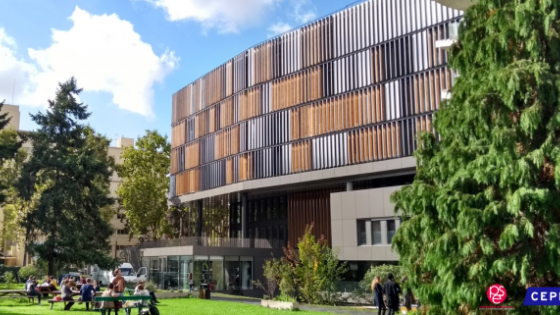DP12193 Why Secondary Towns Can Be Important for Poverty Reduction – A Migrant’s Perspective
This paper develops the concept of ‘action space’ as the range of possible destinations a migrant can realistically move to at a given point in time and, intimately linked to this, the set of possible livelihoods at destination. We show how this space expands and contracts over time through “cumulative causation”. Such a dynamic framework allows us to appreciate the role of secondary towns in rural-urban migration and poverty reduction. Secondary towns occupy a unique middle ground between semi-subsistence agriculture and the capitalistic city; between what is close-by and familiar and what is much further away and unknown. By opening up the horizons of the (poorer) rural population and facilitating navigation of the non-farm economy, secondary towns allow a broader base of the poor population to become physically, economically and socially mobile. Secondary towns therefore have great potential as vehicles for inclusive growth and poverty reduction in urbanizing developing countries. These are the insights emerging from in-depth life history accounts of 75 purposively selected rural-urban migrants from rural Kagera, in Tanzania.

